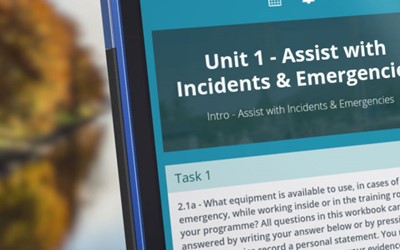Benefits of flipped learning for workplace training
Technology developments are encouraging an increasing range of options for workplace training, allowing organisations to adapt the learning method depending on the content, audience or work environment.
One approach being employed by many is the flipped learning approach to learning. This takes the traditional classroom based training and essentially flips it on its head, changing the initial focus to online delivery which is then followed up with face-to-face training sessions.
We outline 5 benefits to the learner and to the organisation of employing a flipped learning approach.
Benefits for the learner
- Provides learner-centered approach: Learners can teach themselves new concepts with limited intervention, making it easier to apply new skills to the job.
- Compliments all learning preferences: Learners select different learning options depending on content and context. A flipped classroom approach offers the flexibility to cater for these learning preferences.
- Learning can be made accessible: Learning can be delivered online or via mobile device, providing learning that is geared towards technology enabled lifestyles.
- Opportunity to revisit content: By recording lesson content, the learner can rewatch content in their own time, in order to reinforce learning.
- Actively involved classroom: Having had time to digest content in advance, the learner is invariably more engaged in the classroom seminars.
Benefits for the organisation
- Cost-effective over the long term: Cost savings over time can be significant due to the reduction in administration and trainer costs and the ability to reuse content.
- Incorporate various mediums: Organisations can use this approach to trial alternative teaching techniques to increase engagement levels.
- Identify areas for development: As learners first gain exposure to new material outside of class, time can be afforded within the classroom to address knowledge gaps.
- Pre-testing of learner knowledge: Trainers can assess learners skills in advance and tailor classroom sessions to suit specific needs, benefiting the learner and the organisation.
- Learners come to class ready to learn: Setting preparatory classroom work means learners are encouraged to come to the classroom session ready to learn.



